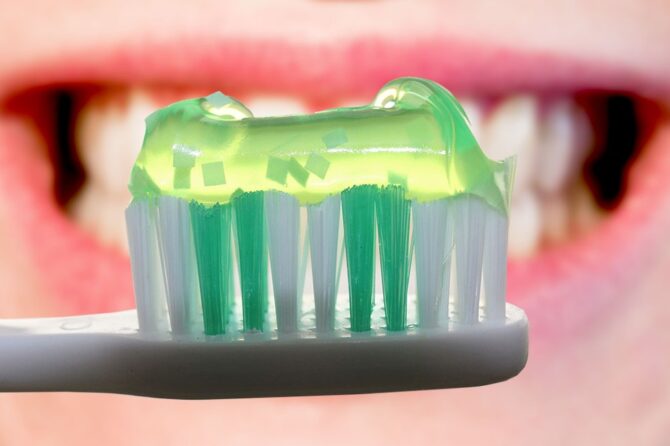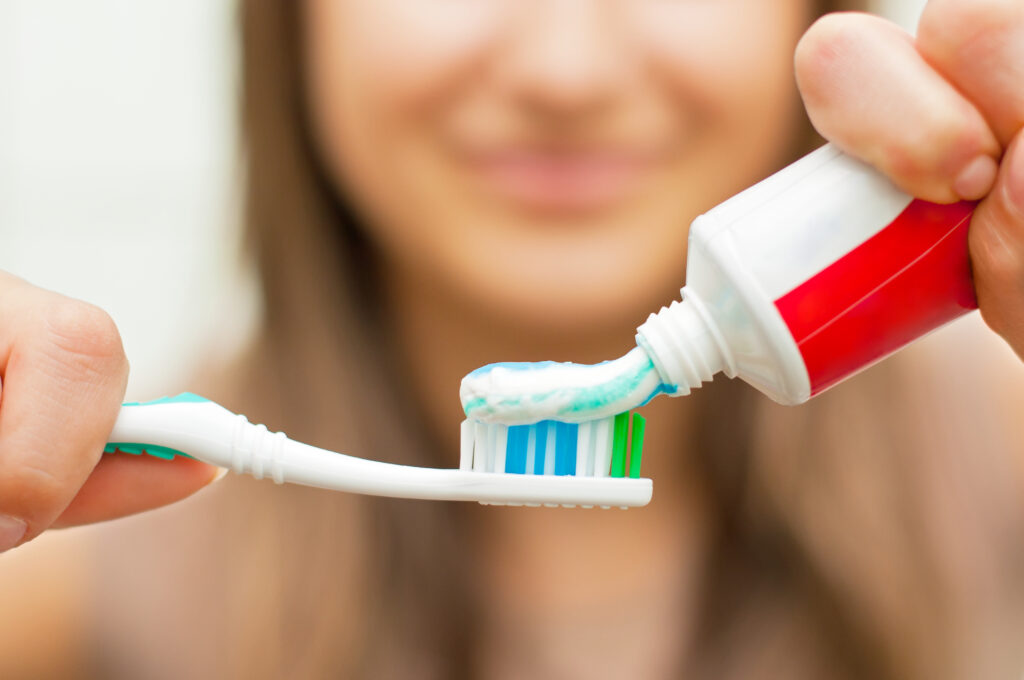
How Do Dentists Stop Receding Gums?
Gum recession is a common dental problem that occurs when the gum tissue surrounding the teeth pulls back, exposing more of the tooth or the tooth’s root. This condition can lead to tooth sensitivity, inflammation, and even tooth loss if it’s not treated on time. Fortunately, there are several ways that dentists can stop receding gums and help restore your oral health. Let’s take a closer look.

1. Scaling and Root Planing
Scaling and root planning is a non-surgical procedure that is often used to treat gum disease. During this treatment, the dentist will remove the plaque and tartar buildup from your teeth and roots, eliminating the bacteria that cause gum infection. Scaling and root planing can also help smooth the rough surfaces of your root to prevent bacteria from reattaching themselves.
2. Gum Grafting
Gum grafting is a surgical procedure that is used to cover the exposed root surface and restore lost gum tissue. During this procedure, the dentist will take a small amount of tissue from the roof of your mouth or from a tissue bank and graft it onto the affected area. The new graft tissue will then promote the growth of new gum tissue, strengthening the support around the teeth.
3. Pinhole Surgical Technique
The pinhole surgical technique is a newer, minimally invasive method of treating gum recession that does not involve incisions or sutures. During this procedure, the dentist will make a small hole in your gums, then stretch and reposition the tissue over the exposed roots using special instruments. The pinhole technique typically requires less downtime and discomfort than other gum grafting procedures.
4. Laser Gum Treatment
Laser gum treatment is a high-tech method of treating gum recession, which uses a dental laser to remove the unhealthy gum tissue and cauterize the area, stimulating the growth of new gum tissue. Laser gum treatment is a quick, painless, and effective way to stop gum recession.
5. Orthodontic Treatment
Sometimes, orthodontic treatment can help stop gum recession by shifting the position of teeth that may be causing the gums to pull away. By aligning the teeth properly, orthodontic treatment can relieve pressure on the gums and improve overall oral health.
6. Good Oral Hygiene
In addition to the above treatments, maintaining good oral hygiene is essential to prevent gum recession from occurring in the first place. Brush your teeth at least twice per day, floss daily, and schedule regular dental cleanings and checkups to keep your teeth and gums healthy and free from infection.
Receding gums can be a serious dental problem, but with early detection and proper treatment, you can stop gum recession and restore your oral health. If you’re experiencing any of the symptoms of gum recession, don’t wait to see your dentist. They can help evaluate your condition and recommend the best treatment options for your specific needs. Remember, prevention is key, so make sure to maintain good oral hygiene habits to keep your teeth and gums healthy for years to come.
Leave a reply